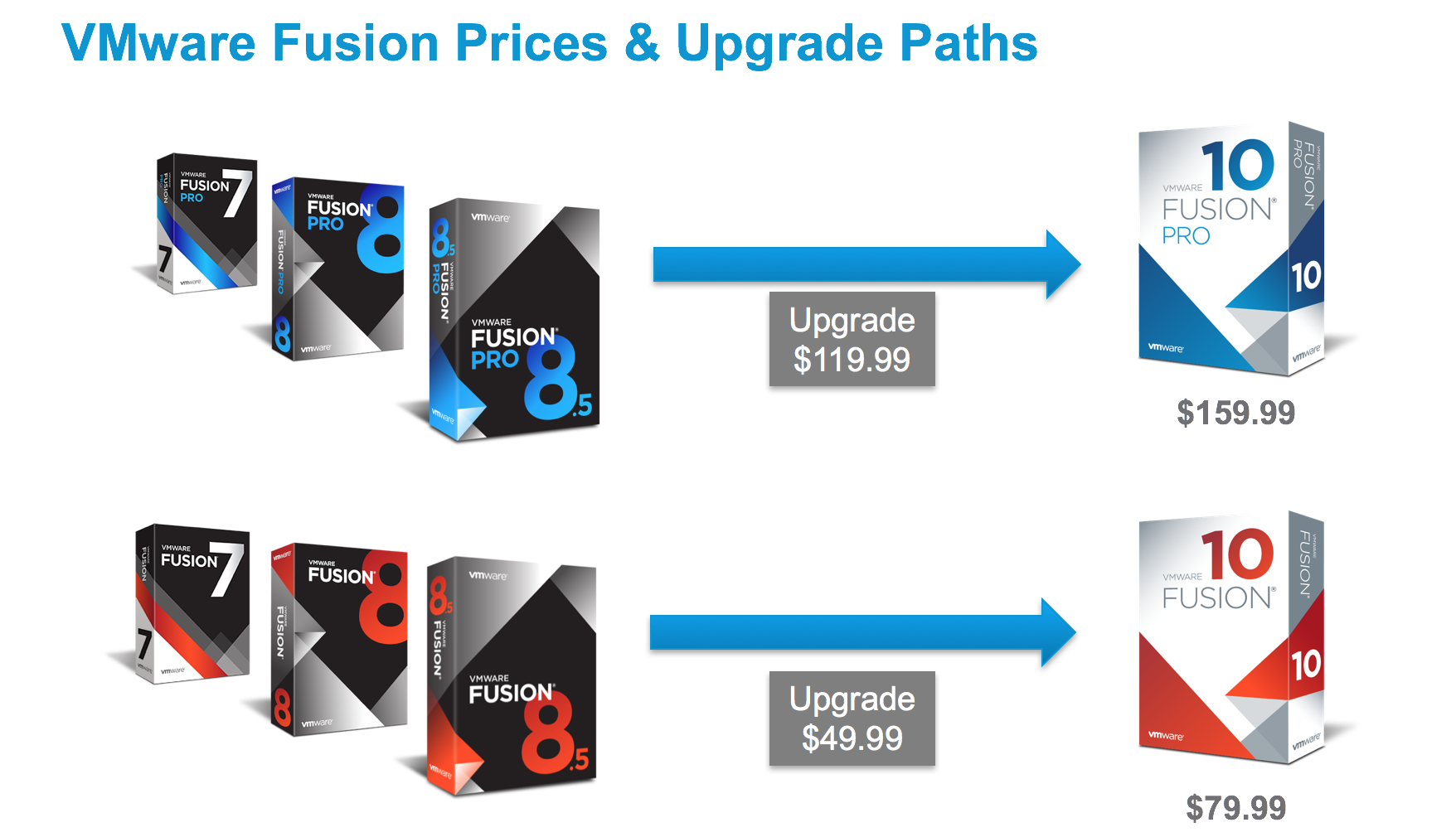This network is available on your Mac as the vmnet1 interface In my case, the latter option was what I went for first—but it didn’t turn out to be quite what I’d hoped for.. If you need a little more, customization is fairly easy, though undocumented—and information on how to customize is scattered.
Most virtual machines are connected this way—it’s the default This network is available on your Mac as the vmnet8 interface.
However, it doesn’t allow other computers that can access your Mac to access the virtual machine.. On macOS, is an excellent choice for this; it has many time-saving features, and its compatibility is top-notch—especially if you need to run Windows or macOS itself in a VM.. The Pro version has a network editor, but if you don’t need the rest of what that version offers, or you’re just curious how VMware Fusion networking works, this article can help you.



Your virtual machine can talk to everyone else on the network, and everyone else on the network can talk to your virtual machine.. In there, you’ll find a file called networking, which is the master configuration file for Fusion networking.. k a “Internet Sharing: Share with my Mac,” hides your virtual machine behind your Mac’s network address, allowing it to access anything your Mac can, most notably the Internet if you’re connected.. 128, but the next time Fusion restarted, the Mac’s configuration had reverted That didn’t stop the DHCP server, either, which could have caused problems if a virtual machine tried to use it! Changing It Up The key to customizing Fusion’s networking is the directory /Library/Preferences/VMware Fusion.. Out of the Box A brand-new VMware Fusion installation (8 5 4 at the time of this writing) offers a handful of networking options: • NAT, a.. However, my Mac could not talk to those machines, as it was using an IP address (issued by the Fusion runs by default on that network) that was not in the same subnet.. You can use it to communicate between your Mac and your virtual machines, or between virtual machines if they’re all connected to it.. I found I could make it work temporarily with a quick sudo ifconfig vmnet1 10 0 0. 0041d406d9